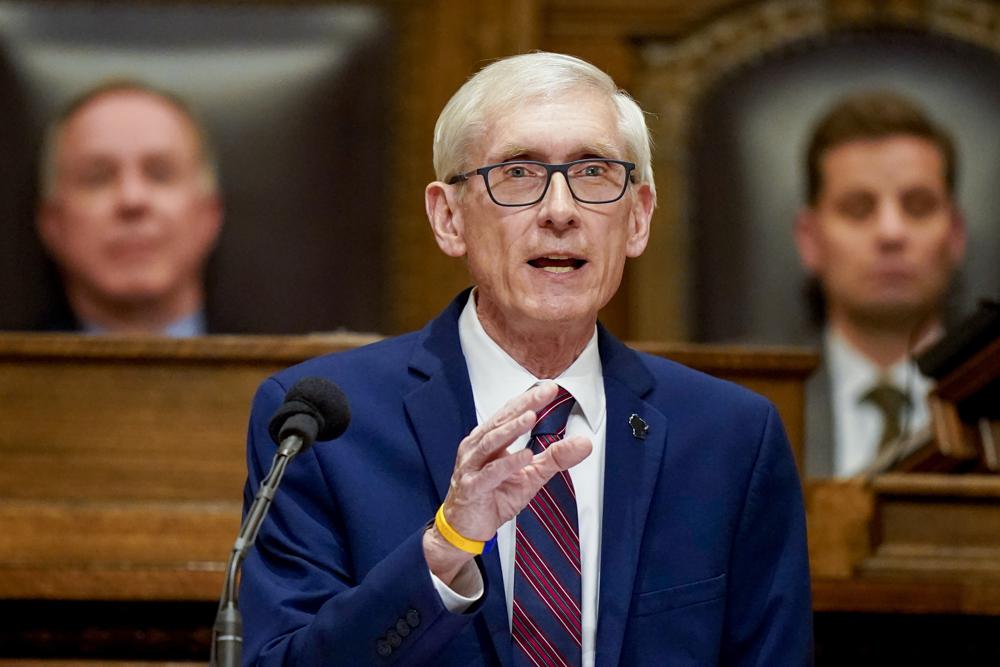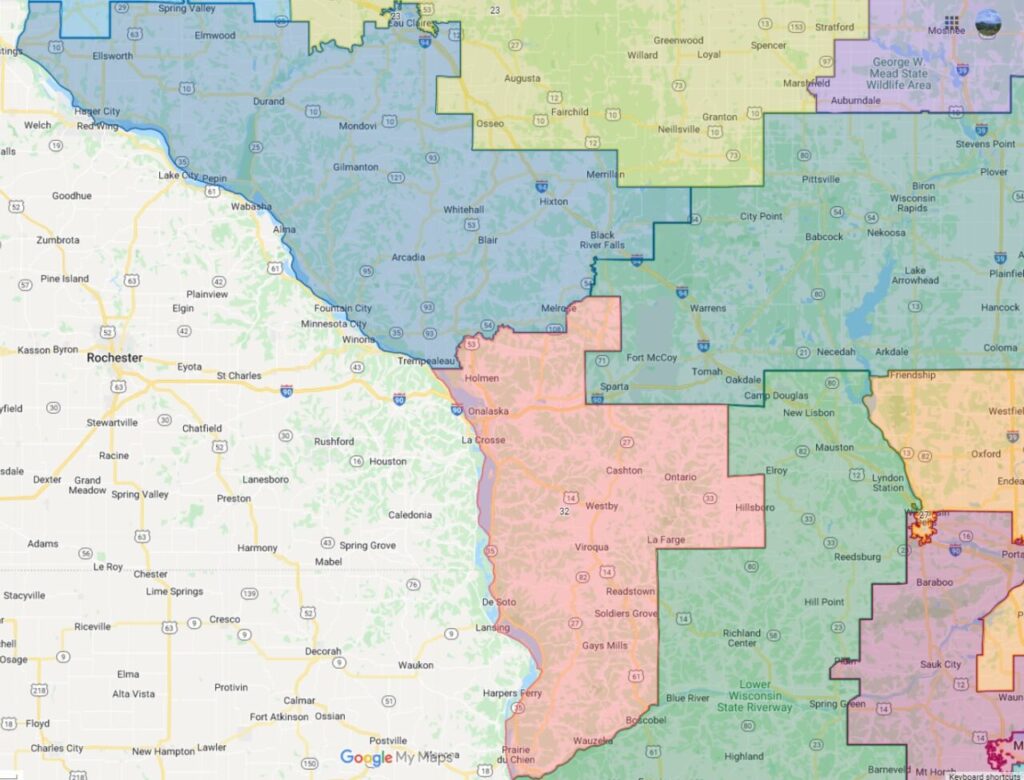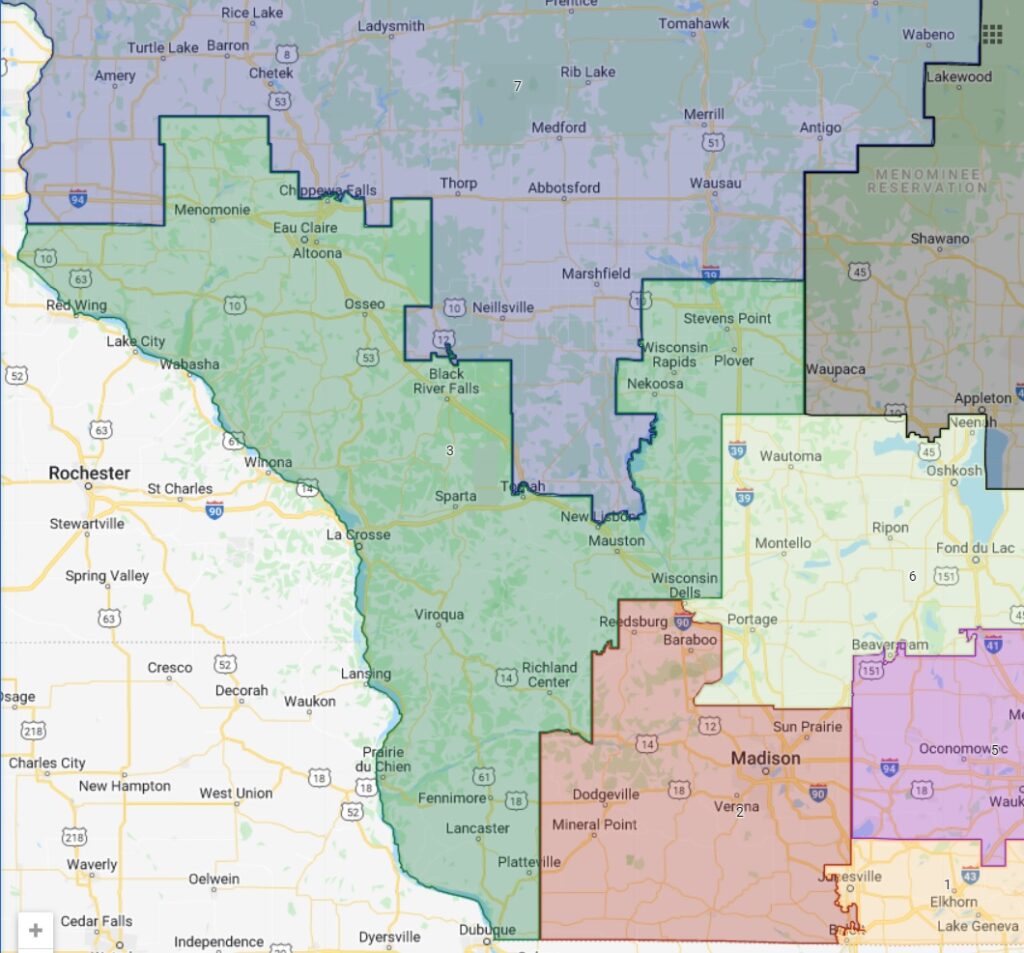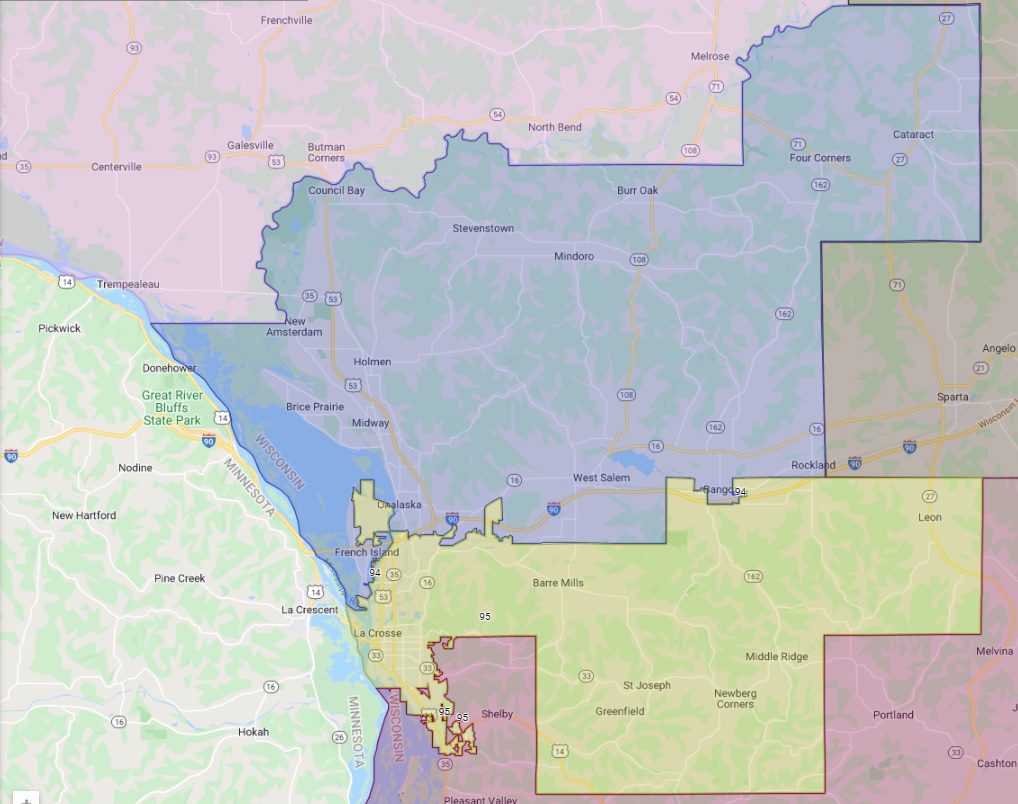Politics
Wisconsin Supreme Court adopts governor’s redistricting maps

MADISON, Wis. (AP) — A divided Wisconsin Supreme Court on Thursday adopted “least change” legislative and congressional redistricting maps submitted by Democratic Gov. Tony Evers, a plan that largely preserves the current district lines that give Republicans majorities.
VIEW THE MAPS
Old state Assembly
New state Assembly
Old state Senate
New state Senate
Old US House of Representatives
New US House of Representatives
That means that Republicans are highly likely to remain in the majority as they have been for the past decade. But the maps adopted by the court were not as favorable to the GOP as other alternatives submitted by the Republican-controlled Legislature and conservatives that the court rejected.
“Hell yes,” Evers said in a statement reacting to the ruling. “The maps I submitted to the Court that were selected today are a vast improvement from the gerrymandered maps Wisconsin has had for the last decade and the even more gerrymandered Republicans maps that I vetoed last year.”

The conservative-controlled court had previously said it would not make significant changes to the boundary lines that were already in place and created by Republicans in 2011, limiting the ability of Evers and liberals to submit maps more favorable to Democrats.
The Evers maps would elect 44 Democrats and 55 Republicans in the Assembly, and 13 Democrats and 20 Republicans in the Senate, based on an analysis from the governor’s office. Currently, Republicans hold a 61-38 majority in the Assembly and 21-12 advantage in the Senate.

Republicans would win five congressional seats and Democrats would have three, the same breakdown as it is now, according to Evers’ office.
Senate Majority Leader Devin LeMahieu, R-Oostburg, said in a statement released Thursday night: “Evers drew racially gerrymandered maps behind closed doors with no public input. His maps intentionally watered down minority representation for political gain and violated the open and transparent process the public deserved.”

Justice Brian Hagedorn, who is often a swing vote on the court, wrote the 4-3 majority opinion. He was joined by the court’s three liberal justices, while the three conservatives dissented.
“We said we would choose maps that minimize changes from current law and evaluate maps for compliance with state and federal law,” Hagedorn wrote for the majority. “In so concluding, we rejected an approach that involved this court making significant policy decisions or weighing competing policy criteria.”
Conservative Justice Annette Ziegler, in her dissent, said choosing the Evers maps was ″an exercise of judicial activism, untethered to evidence, precedent, the Wisconsin Constitution, and basic principles of equal protection.”
The maps submitted by Evers comply most closely with the criteria set out by the Supreme Court and complies with the federal Voting Rights Act, attorneys for the governor argued before the court in January.
The Legislature’s attorney countered that the governor’s legislative map was unconstitutional because it moved too many people to create more districts with a majority of Black and Hispanic voters.
All of the submitted maps had to adhere closely to the current boundary lines, per the court’s earlier order. The court previously ruled that changes to the current maps would have to be limited to population shifts made apparent by the once-a-decade census.
Law Forward, a liberal law firm that represented several voting rights interest groups, said given the court’s earlier ruling no maps it adopted would be truly fair.
“However, the Governor’s proposal does much to improve representation for people across our state within the narrow confines the Court defined,” the group tweeted. “The Court rejected other options that would have further entrenched Wisconsin’s partisan gerrymander.”
Attorney General Josh Kaul, a Democrat, said the court’s decision means “much fairer maps” than those of the last decade, but he said the least-changes standard “effectively prevented the adoption of truly fair maps.”
Republican legislative leaders did not immediately respond to requests for comment.
Sachin Chheda, director of the Fair Elections Project, said the “die was cast” when the court decided to take the “least changes” approach.
“The partisan maps adopted today, which intentionally disenfranchise a majority of Wisconsin residents, are an unfair and poor outcome in this case and pose a serious threat to representative democracy in our state,” Chheda said.
There is also a pending federal lawsuit brought by Democrats and nonpartisan groups. They could attempt to get more favorable maps adopted that way.
Redistricting is the process of redrawing the state’s political boundaries based on the latest census showing how populations have changed in neighborhoods, cities and counties since 2010. Mapmakers can create an advantage for their political party in future elections by packing opponents’ voters into a few districts or spreading them thin among multiple districts — a process known as gerrymandering.
In 2018, Democrats won every statewide race but Republicans held more than 60% of legislative seats. Republicans blamed bad Democratic candidates, in part, while Democrats argued that gerrymandering enshrined the GOP advantage.
Republicans have a 61-38 majority in the Assembly and 21-12 majority in the Senate. They also hold five of eight congressional seats.
Republicans controlled the Legislature and governor’s office in 2011, the last time redistricting was done. Evers vetoed the Republican maps last year, putting the battle in court. Evers called the maps “gerrymandering 2.0.”

